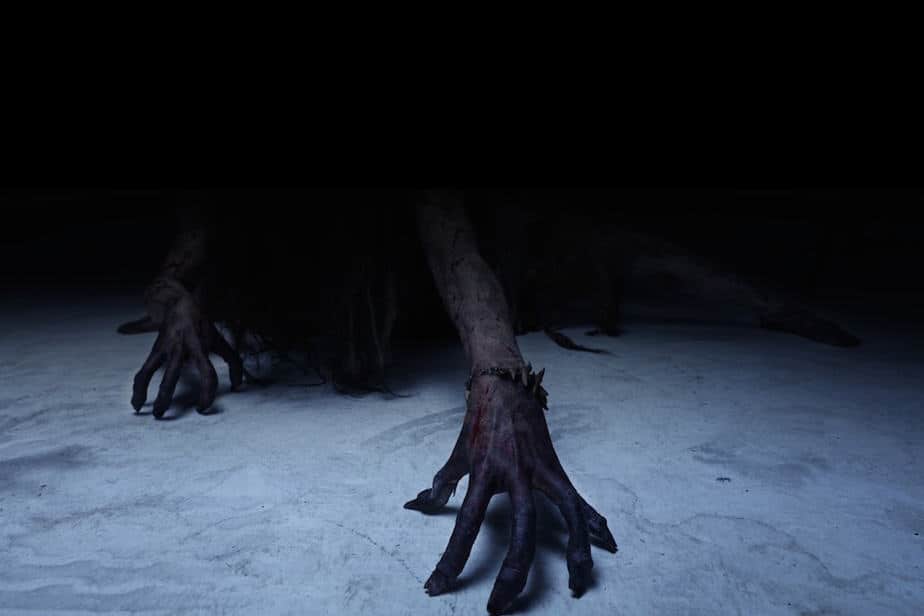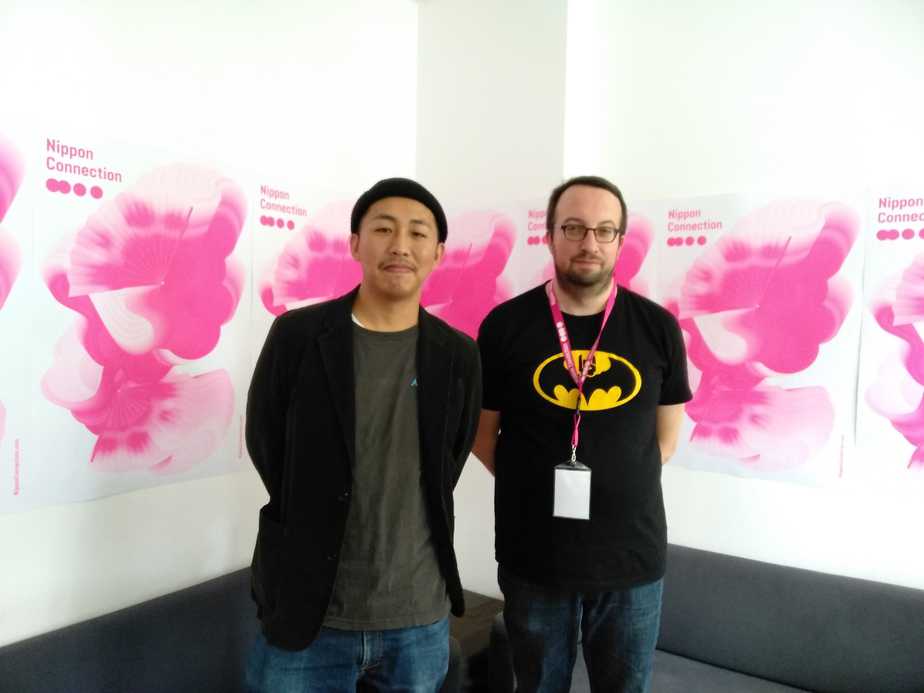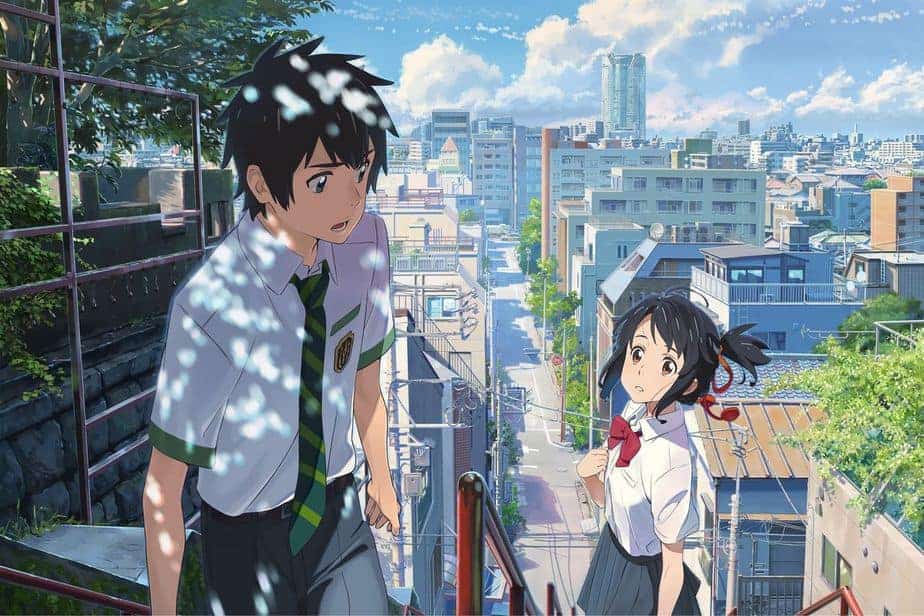1. One Cut of the Dead (Shinichiro Ueda, Japan, 2017).

Uedo's directorial debut, which cost approximately $27,000 to make, hit the 2 million admissions mark on 20th October 2018 and is still playing to packed houses both nationally and internationally. An inventive take on the zombie genre, “One Cut of the Dead” is also a self reflexive on the process of low-budget filmmaking offering the viewer an insight into independent cinema: directing (the making of the film); production (casting , funding, etc.), and exhibition (live broadcasting). The film begins with a 37-minute single take of a low-budget zombie film which is being screened live on national television before segueing into something unexpected. And it is these narrative and formal deviations that situate “One Cut of the Dead” as one of the most original contemporary zombie films refreshing a genre which has become largely cliché-ridden and derivative.
2. Mon Mon Mon Monsters (Giddens Ko, Taiwan, 2017)

Taiwanese horror cinema has very much been in the ascendancy in the last few years since the release of “The Tag Along” (Chen Wei-hao, 2015) broke domestic box-office records. While the former has a recognizable monster (what is it about little girls in red exactly?), the monsters in “mon mon mon Monsters” are all too human, and perhaps appropriately for these times, male. Recycling the cycle of abuse, the film challenges the discourse of the victim turned aggressor by offering no justification for the victimization of the other as a mechanism to preserve the self. In doing so, the film subverts the conventions of the so-called torture-porn cinema or gorenography much more effectively than films in which the visualization of extreme bodily violence becomes a site of voyeuristic pleasure undermining any criticism of the genre itself.
Buy This Title
3. The Wailing (Na Hong-jin, South Korea, 2016)

Better known for his frenetic action films, Na Hong-jin turns his attention to the supernatural genre with “The Wailing” which is an extensive mediation on the nature and perception of evil. A small rural village becomes the site of an outbreak of a mysterious disease. This disease causes bodily viscous eruptions, visible signs of an interior mental disintegration, and a violent acting out against loved ones. What is the cause of this strange disease? Is it supernatural or natural? Does it have an external cause – the Japanese outsider who has recently taken up residence in the village – or is the cause internal and closer to home? Are demons born or are they bred? In the end, it comes down to matter of perception because the film doesn't or won't tell and leaves it up the viewer to retroactively decipher the fictional events. “The Wailing” is by far and away one of the most interesting horror films of the last five years.
Buy This Title
4. Alice: Boy From Wonderland (Huh Eun-hee, South Korea: 2015)

“Alice: boy from Wonderland” is the directorial debut of Huh Eun-hee and can be interpreted as a loose feminist reworking of Lewis Carroll's “Alice's Adventures in Wonderland” (1865). Instead of the rabbit hole, the magical space is a villa in the countryside called Wonderland where nightmares are constitutive of reality. In this strange villa, days replay themselves, until the female protagonist is willing to face her childhood past and an event so traumatic that it inhabits the realm of the unpresentable and unspeakable only be accessible through the subconscious. Eschewing the dominant heteronormative discourse of romance in South Korean popular culture for the darker side of passion and dubious desire, “Alice: boy from Wonderland” subverts both gender and sexuality norms and mores.
Watch This Title
5. Vampire Clean Up Department (Yan Pak-wing & Chiu Sing-hang, Hong Kong: 2017)

“Vampire Clean-Up Department” is a homage to the Hong Kong Cat III exploitation and low budget horror films of the 1980s and 1990s which arguably was one of the finest periods in East Asian horror film history. A young man discovers not only that he is immune to vampires but that his ancestral history dictates his membership of the said secret Department. Slum landlords are the very epitome of the monsters that must be defeated in order for him to fulfill his ancestral and filial duties. The fact that Vampire Clean-Up Department of the title was established under British colonial rule is nothing if not ironic, even considering that vampires persisted after the “handing back” of Hong Kong to China. At the same time, the vampires that this secret department deal with aren't the fast-semi-conscious ones that permeate Western televisual screens, both big and small, but rather the clumsy mindless hopping vampires of Chinese mythology expressing the tension between colonial and postcolonial Hong Kong. Haunted by its past and traumatized by its future, the Hong Kong of “The Vampire Cleanup Department”is one of where monsters proliferate and can be found beneath the shiny veneer of the postmodern city.
Buy This Title



















